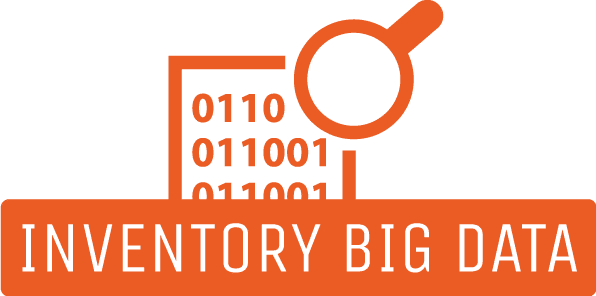FAQ – Data Scientist
Explore our FAQ for insights on data science careers, essential skills, tools, and ethics.
Description
FAQ for Data Scientists
1. What skills are essential for a data scientist?
Answer: Key skills include proficiency in programming languages like Python and R, expertise in statistics and mathematics, experience with machine learning algorithms, knowledge of data visualization tools, and strong analytical and problem-solving abilities.
2. How can I start a career in data science?
Answer: Start by acquiring a solid foundation in mathematics, statistics, and programming. Enroll in relevant courses or certifications, work on practical projects, participate in data science competitions like Kaggle, and build a portfolio showcasing your skills.
3. What tools and technologies are commonly used by data scientists?
Answer: Common tools and technologies include Python, R, SQL, Hadoop, Spark, TensorFlow, Keras, Scikit-learn, Pandas, NumPy, and data visualization tools like Tableau and Matplotlib.
4. How do data scientists handle missing or incomplete data?
Answer: Data scientists use various techniques such as imputation, removing rows or columns with missing values, and applying algorithms that can handle missing data. The choice depends on the context and the impact of missing data on the analysis.
5. What is the difference between supervised and unsupervised learning?
Answer: Supervised learning involves training a model on labeled data, where the outcome is known. Unsupervised learning, on the other hand, deals with unlabeled data and aims to find hidden patterns or intrinsic structures in the data.
6. How do you ensure the ethical use of data in your projects?
Answer: Ensuring ethical use of data involves following data privacy regulations, obtaining informed consent from data subjects, anonymizing sensitive data, being transparent about data usage, and avoiding biases in data collection and analysis.
7. What are some common challenges faced by data scientists?
Answer: Common challenges include dealing with large and complex datasets, ensuring data quality, integrating data from various sources, selecting the right algorithms, avoiding overfitting, and effectively communicating results to non-technical stakeholders.
8. How do you keep your data science skills up-to-date?
Answer: Staying updated involves continuous learning through online courses, attending workshops and conferences, reading research papers and blogs, participating in data science communities, and working on diverse projects.
9. What are the applications of machine learning in different industries?
Answer: Machine learning applications span across industries such as healthcare (diagnostics, personalized medicine), finance (fraud detection, algorithmic trading), retail (customer segmentation, demand forecasting), and many others including manufacturing, transportation, and entertainment.
10. How can data visualization improve decision-making?
Answer: Data visualization helps in presenting complex data in a comprehensible and visually appealing manner, making it easier for stakeholders to grasp insights, identify trends, and make informed decisions quickly. Tools like Tableau, Power BI, and Matplotlib are commonly used for this purpose.
Additional information
| Publication | |
|---|---|
| Department | Information Technology |
| Level | Technician |






